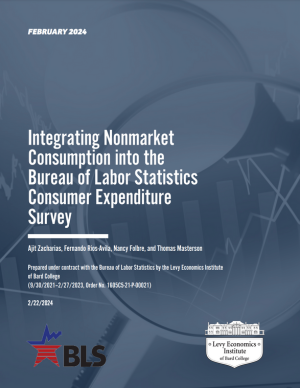
Publications
Working Paper No. 267
| March 1999
The Minimum Wage and Regional Wage Structure
Implications for Income Distribution
When the minimum wage was first enacted in 1938, the fiercest opposition came from the South, where wages were considerably lower that in the industrial North. Today, that opposition is found to emanate from states that have right-to-work laws (regardless of location). Using census data from the Integrated Public Use Microdata Series (IPUMS) for the years 1940 to 1990, this paper looks at workers earning around the minimum wage by region and industry. It shows that, controlling for education and industry type, wages tend to be depressed more in states with right-to-work legislation than in high union density states. These effects on the wage structure have implications for the distribution of income.
Download:
Associated Program:
Author(s):
Oren Levin-Waldman

